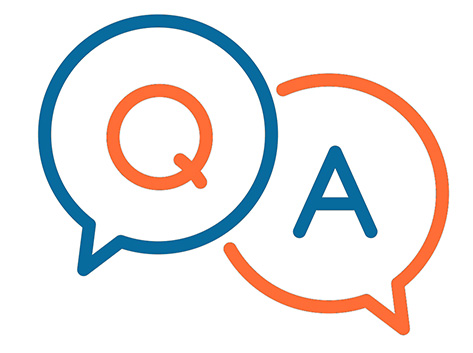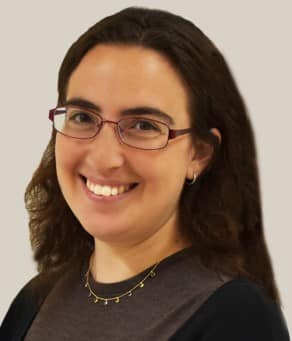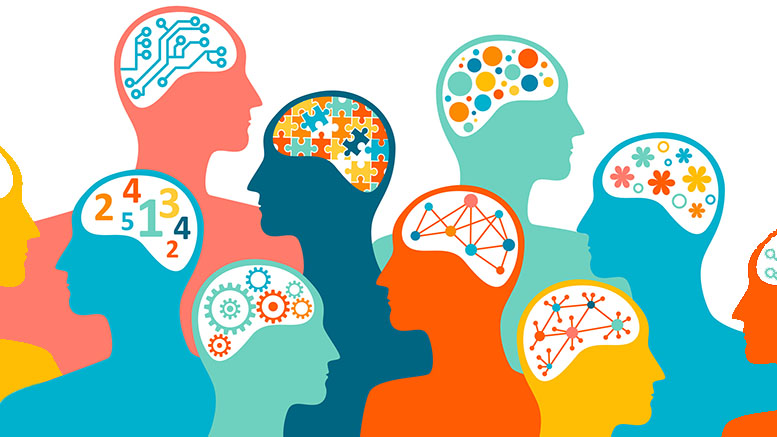
“Neurodiversity” is among the newer movements in higher education that basically recognizes people’s brains function differently and seeks ways to accommodate their needs. It sounds like it could be an overwhelming task, but with the right approach, it can help colleges better serve a greater number of their students. Triton College in Illinois has developed its own plan to adopt neurodiversity to make its campus more inclusive. Hilary Meyer, the college’s dean of academic success, is leading that effort. Below, she answers a few questions about neurodiversity in general and provides some details about Triton’s approach.
* * *
The term “neurodiversity” is appearing more in higher education circles, especially among community colleges. Can you briefly explain what it is and why traction is growing?

Neurodiversity acknowledges the natural variation in human brain functioning. It’s an approach that values difference as a strength. Some, but not all, people who identify as neurodivergent may have a formal diagnosis (for example, those who are autistic, or have ADHD, OCD or a learning disability). The focus is on changing our collective mindset and environment to embrace the variety of the human experience, rather than asking individuals to adapt to a world that hasn’t taken their needs into consideration. When we plan for our most marginalized community members, we all benefit — as individuals and as a community. At Triton College, we are working toward our vision of a community with equitable opportunity for growth and success.
With our open-access mission and deep ties to our community, community colleges are a natural place to invest in this work. The large number of un- and underemployed people with disabilities is appalling. We can help our neurodivergent students reach their potential, and that starts with listening to their goals. Some students may be looking to transfer or to obtain competitive employment, while others may be looking for acceptance and connection.
We have seen some wonderful movement in Illinois. The Illinois Community College Trustees Association adopted a neurodiversity inclusion statement in September 2022, and the Illinois House adopted a neurodiversity in higher education resolution in May 2023.
The term itself can sound intimidating at first. What are some ways that you have introduced the concept at Triton?
Embracing this concept is about institutional and cultural change. Individual departments can make some headway, but the best way to approach this is through the explicit endorsement of college leadership. In our case, neurodiversity has been prioritized as an action plan on our strategic plan for fiscal years 2023 through 2025.
Through our strategic plan work, I lead a committee of 20 faculty and staff members from across the college. Initial committee representation was key, as members brought the concept to their own departments and divisions, and it began to show up organically in other venues, such as Academic Senate. Once the concept is introduced, the best way to approach it is to dispense with the theoretical as quickly as possible, and jump right into what this means for our students. How does neuroinclusion play out in our facilities? In our co-curricular offerings? In the classroom?
Can you share some specific examples that Triton has implemented and results of those efforts?
Sure. Through our strategic plan work, we identified the Triton College Library as a community learning hub for neurodiversity. Our library supports our enrolled students but also welcomes members of the public. In September, the library hosted a district forum on neurodiversity, inviting our public and K-12 library partners to participate as we work toward inclusive practices throughout our community. We had a day of wonderful training and programming, and featured neurodivergent students from our S.E.E.D. (Skill Enhancement and Employee Development) certificate program.
In the post-forum survey, we asked participants what ideas they plan to propose or implement in their library, school, or department as a result of the forum. The biggest takeaway was simple and cheap and could be implemented immediately — providing fidget devices to students and patrons. This does not minimize the work that needs to be done, but it does underscore the fact that we can improve students’ lives in many small ways as we work toward systemic change.
In addition to programming, we have also focused on improving the physical environment for our students. This summer we renovated our Academic Success Center, where we offer tutoring across subject areas. We designed it to be flexible, inclusive and accessible for diverse learners. We chose a relaxing cool color palette of blues and grays.
Most of the furniture includes wheels to encourage agile learning and on-the-spot collaboration. The center includes an assortment of collaborative and individual work zones, a blend of open and cozier spaces, a mix of table heights from coffee table to counter, and various seating styles, including armless task chairs and stools, couches, high-backed booths, tablet arm chairs, and active chairs specifically designed for students who prefer movement and sensory input, such as nondirectional chairs with integrated arms that function as a support surface and our already popular lounge chairs featuring 360-degree swivel capability. Only a few weeks into the semester, more students were visiting the center, more frequently and for longer.
What are some of the challenges that colleges interested in trying a similar approach may encounter?
One of the challenges is the relative newness of this concept. We saw great interest from our campus, but a strong desire for training and development, as there was a concern about not having expertise as well as fear of making mistakes. The language alone can be intimidating.
To help with these challenges, we offered internal training as well as hosted virtual and in-person content experts. We also got straight to work with identifying practical, immediate things we could do, which broke through some initial hesitation, as we demonstrated that improvements are possible. It’s important to have short-term wins on the way to making longer-term change.
Another challenge is possible initiative fatigue. In higher education, we see new ideas about all sorts of topics, and it’s important to stay focused on priorities. One way we underscored our commitment to this effort was by ensuring it was included on our strategic plan for three years. This work takes time, and a sustained, formal institutional commitment goes a long way toward ensuring success.

